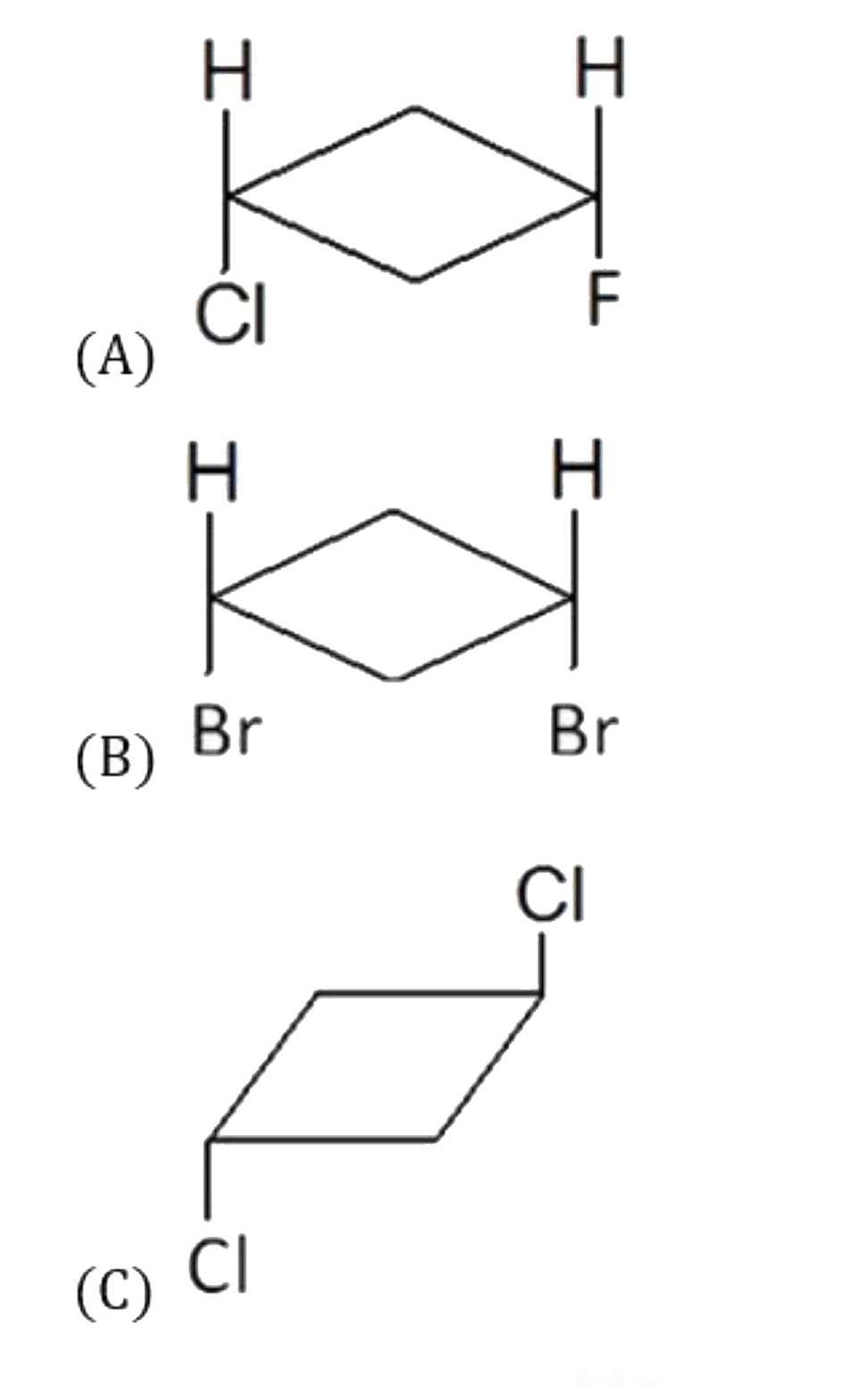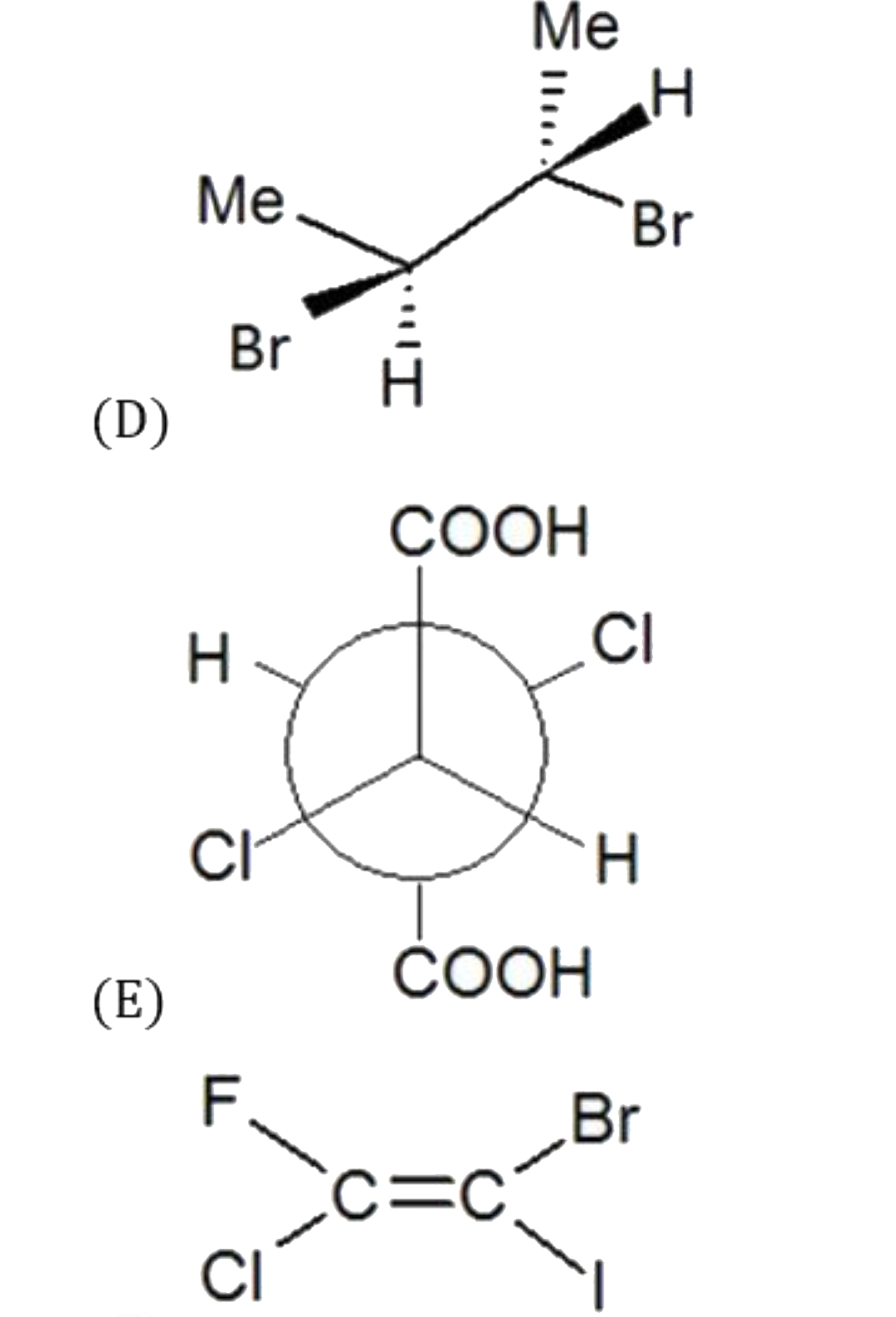How many of the following is observed in the interphase nucleus ?
Chromatid, Nucleosome, Centriole,
Nucleouls, Centromere, Kinetochore
Three
One
Four
Two
The correct Answer is:D
To determine how many of the listed structures are observed in the interphase nucleus, we will analyze each of the following components: chromatid, nucleosome, centriole, nucleolus, centromere, and kinetochore.
1. Chromatid:
- During interphase, the DNA is in a relaxed state and is not yet condensed into chromosomes. However, each chromosome has already been replicated, and the two identical copies are called chromatids. Therefore, chromatids are present in the interphase nucleus.
2. Nucleosome:
- Nucleosomes are the fundamental units of DNA packaging, consisting of DNA wrapped around histone proteins. They are present in the interphase nucleus as the DNA is organized into nucleosomes during this phase. Thus, nucleosomes are also observed in the interphase nucleus.
3. Centriole:
- Centrioles are involved in cell division and are not typically found in the nucleus. They are located in the cytoplasm and play a role in organizing the mitotic spindle during cell division. Therefore, centrioles are not observed in the interphase nucleus.
4. Nucleolus:
- The nucleolus is a dense, spherical structure within the nucleus where ribosomal RNA (rRNA) is synthesized and ribosome assembly begins. It is present in the interphase nucleus, making it one of the structures we are considering.
5. Centromere:
- The centromere is the region of a chromosome where the two sister chromatids are joined together. While it is a part of the chromosome structure, it is not distinctly observable as a separate entity in the interphase nucleus. Thus, centromeres are not typically counted as separate structures in this phase.
6. Kinetochore:
- The kinetochore is a protein structure that forms on the centromere during cell division and is responsible for the movement of chromosomes. Like the centromere, it is not present in the interphase nucleus as a distinct structure. Therefore, kinetochores are not observed in interphase.
Summary:
From the analysis, the structures observed in the interphase nucleus are:
- Chromatid
- Nucleosome
- Nucleolus
Thus, the total number of structures observed in the interphase nucleus is 3.
Final Answer:
The correct option is 3.
- During interphase, the DNA is in a relaxed state and is not yet condensed into chromosomes. However, each chromosome has already been replicated, and the two identical copies are called chromatids. Therefore, chromatids are present in the interphase nucleus.
2. Nucleosome:
- Nucleosomes are the fundamental units of DNA packaging, consisting of DNA wrapped around histone proteins. They are present in the interphase nucleus as the DNA is organized into nucleosomes during this phase. Thus, nucleosomes are also observed in the interphase nucleus.
- Centrioles are involved in cell division and are not typically found in the nucleus. They are located in the cytoplasm and play a role in organizing the mitotic spindle during cell division. Therefore, centrioles are not observed in the interphase nucleus.
- The nucleolus is a dense, spherical structure within the nucleus where ribosomal RNA (rRNA) is synthesized and ribosome assembly begins. It is present in the interphase nucleus, making it one of the structures we are considering.
- The centromere is the region of a chromosome where the two sister chromatids are joined together. While it is a part of the chromosome structure, it is not distinctly observable as a separate entity in the interphase nucleus. Thus, centromeres are not typically counted as separate structures in this phase.
- The kinetochore is a protein structure that forms on the centromere during cell division and is responsible for the movement of chromosomes. Like the centromere, it is not present in the interphase nucleus as a distinct structure. Therefore, kinetochores are not observed in interphase.
From the analysis, the structures observed in the interphase nucleus are:
- Chromatid
- Nucleosome
- Nucleolus
The correct option is 3.
Topper's Solved these Questions
- CELL BIOLOGY (CELL STRUCTURE, FUNCTION & CELL DIVISION)BOOK - ALLENCHAPTER - CELL BIOLOGY (CELL STRUCTURE, FUNCTION & CELL DIVISION)EXERCISE - EXERCISE-IV (Assertion & Reason) (Directions for Assertion & Reason questions)
20 Videos
- CELL BIOLOGY (CELL STRUCTURE, FUNCTION & CELL DIVISION)BOOK - ALLENCHAPTER - CELL BIOLOGY (CELL STRUCTURE, FUNCTION & CELL DIVISION)EXERCISE - EXERCISE-I (Conceptual Questions)
65 Videos
- CELL BIOLOGY (CELL STRUCTURE, FUNCTION & CELL DIVISION)BOOK - ALLENCHAPTER - CELL BIOLOGY (CELL STRUCTURE, FUNCTION & CELL DIVISION)EXERCISE - EXERCISE-III(A) (NCERT BASED QUESTIONS)
29 Videos
- BREATHING AND EXCHANGE OF GASESBOOK - ALLENCHAPTER - BREATHING AND EXCHANGE OF GASESEXERCISE - S
33 Videos
- CELL CYCLE AND CELL DIVISIONBOOK - ALLENCHAPTER - CELL CYCLE AND CELL DIVISIONEXERCISE - EXERCISE
61 Videos
Similar Questions
How many of the following can be prepared by
View SolutionHow many of the following statements are wrong?
View SolutionHow many of the following are tertiary amines ?

View SolutionHow many of the following are optically active ?



View SolutionHow many of the following is correctly matched complex ?

View SolutionHow many of the following species can show resonance.

View SolutionHow many of the following statements is/are correct?
View SolutionHow many of the following are more acidic than HCOOH.

View SolutionHow many of the following statements is / are correct ?
View SolutionHow many of the following are polar aprotic solvents?

View Solution
